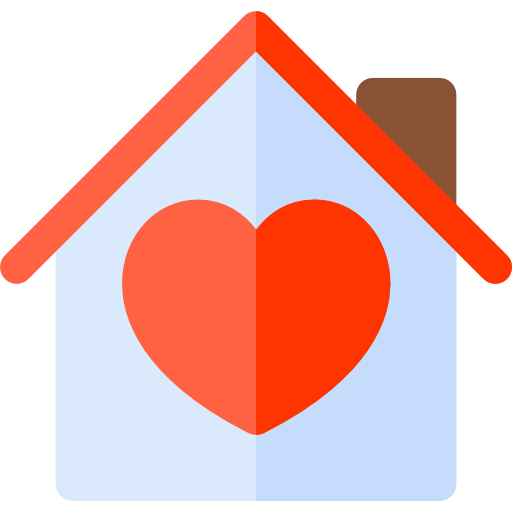If these questions are being asked, it is often because loss of autonomy has begun to rear its head.
What elements should be taken into account in making the right decision?
1. Stay in your home for as long as possible
It is often the favoured solution with families, provided the person still has a sufficient degree of autonomy.
It is often necessary to call in extra help for care or housekeeping tasks that will facilitate getting up, going to bed, grooming, personal hygiene (excluding nursing care), or ensuring the preparation and feeding of meals, general domestic tasks.

It is best to also ensure the provision of a remote alarm or remote assistance service, so that if, for instance, the person is living alone, help will still come if there is a problem.
The form of remote assistance could be a simple call pendant, intended for people who will remember regularly to ensure they are wearing it, or a more fully featured safety solution such as the Otono-me service, which allows loved ones to be kept informed remotely, and to be able to come and assist in the event of a problem, even if the person is unable to raise the alarm.
2. Opt for assisted living accommodation for the elderly
It is recommended that the move to senior accommodation not be left too late, so that there is time to become accustomed to the new environment, and so a good level of autonomy still remains (the person should be either fully autonomous, or suffer only a slight loss of autonomy).
This type of accommodation can meet a number of different requirements: be closer to the children, enjoy increased comfort and security, avoid loneliness, benefit from services focused on the elderly.

The accommodation is not a medical institution and the residents live autonomously, in private lodgings.
In senior accommodation, an elderly person benefits from a structural environment geared towards ageing (lodgings equipped with built-in fall prevention, community services), without the constraints of collective living.
There are two principal types of accommodation:
- Autonomous accommodation, usually managed by a local community welfare group (CCAS).
- Serviced accommodation, more expensive.
Whether in accommodation or at home, the various types of personal care and remote assistance can be arranged to ensure the comfort and well being of the elderly person.
Note: some establishments offer the Otono-me service to all their residents!
3. Moving to a retirement care home
The choice between moving to senior accommodation or a retirement care home depends initially on the elderly person’s state of health.
In the case of reduced autonomy, medical care homes (Ehpad) will be suggested.
The site Logement-seniors.com covers the full range of solutions for the accommodation of the elderly (retirement homes, senior accommodation, shared accommodation between seniors or cross-generation, family shelters…) in your area. The site aims to provide information and guidance in carrying out your search. The various forms and calculation tools provide help with the issues affecting the elderly and their loved ones.

